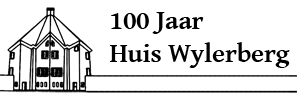The ‘Schuster’ years
In 1924, Marie Schuster and her daughter Alice take up residence in the villa. Because of her great interest in expressionist art, Marie forms friendships with many artists who also regularly visit her in Huis Wylerberg. Among these artists are Christian Rohlfs, Ludwig Gabriel Schrieber, Otto Mueller and Ewald Mataré.
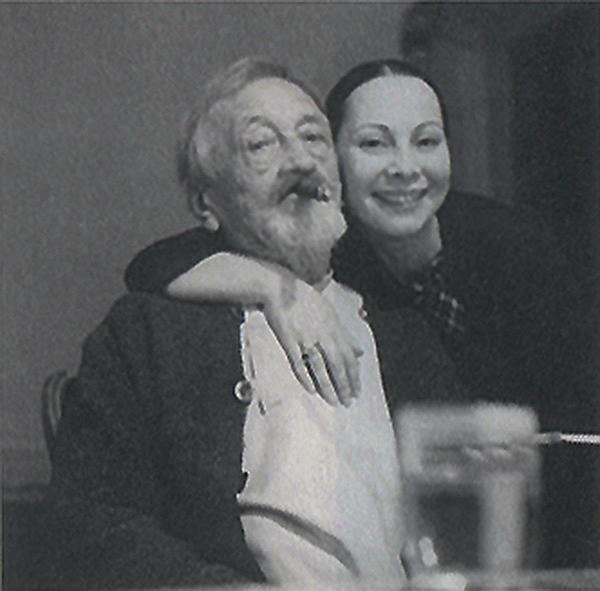
Marie’s friend and painter Christian Rohlfs with his muse, the Jewish ballerina Tatjana Barbakoff. She was later killed in Auschwitz.
In those years, Germany is weighed down by a rising inflation. Marie is however able to evade this because a lot of her shares at the family business Dr. Carlos Otto & Company are in foreign accounts. This is also the reason why she was able to build Huis Wylerberg in the first place. Moreover, Marie receives an income from the Wylerberg lake which she had dug, and also from hotel Startjeshof opposite the lake.
The economic woes in Germany cultivate a breeding ground for the rise of extremism. Adolf Hitler and his Nazi Party exploit the situation to come to power in 1933. Through constitutional amendments Hitler is then able to draw all power to his own position.
Marie has difficulty hiding her aversion to the Nazi regime and openly criticizes the atrocities of the German government. But she is also clever. Because Huis Wylerberg is regularly visited by the gestapo, Marie expertly hides the expressionistic artworks that are meanwhile declared forbidden (‘Entartet’) by the Nazi regime. She replaces them with photos of her family together with their distant relative Hermann Göring. These photos were taken when Göring visited the Schusters in house Lorry in Alsace–Lorraine, when they lived there during the First World War.
The oppression and the forced mass departure of Jews in Germany touches Marie, which is why she decides to take action. She invites Jewish artists and friends to hotel Startjeshof, from where Marie’s gamekeeper then safely guides them through the forest to the Netherlands. She also frees up some of her capital to provide fleeing Jews with supplies and money, so that they can travel further to England or America. However, after the Netherlands closes the border in 1938, German and Austrian Jews are declared undesirable aliens and those that are caught in the border region are sent back. From that moment on, Marie is unable to help them.
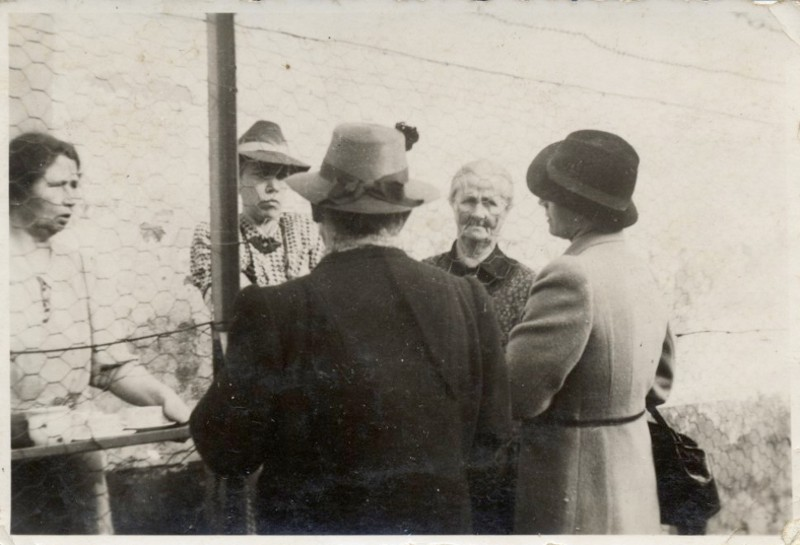
The fence between Beek and Wyler.
In the years before 1938 Marie and Alice regularly receive visits at huis Wylerberg from Malcolm Grahame Christie, the British ‘foster son’ with whom Marie has kept a close connection. After his career as a pilot for the British Air Force, he becomes an informant for the British government. Through Marie he is able to come into contact with Hermann Göring. In the conversations between the two pilots, Göring shares the most striking annexation plans in order to find out how the British would react. Much to Göring’s frustration, Christie does not give a clear response. Christie reports back on the worrying conversations to the British government and the then Member of Parliament Winston Churchill, who tries to convince the consecutive Prime Ministers of the impending doom.
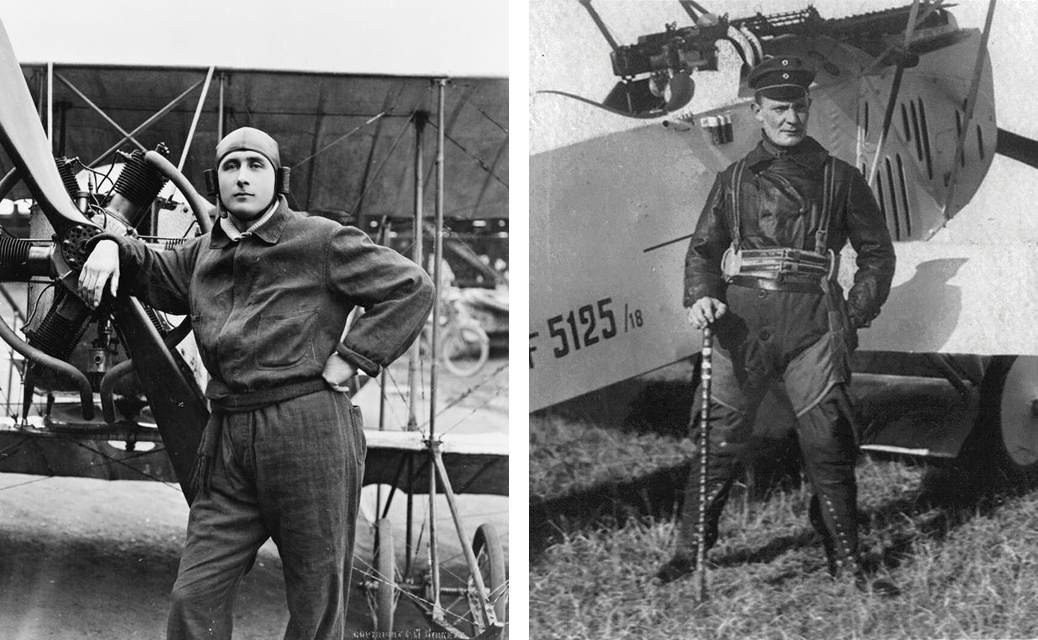
Royal Flying Corps pilot Malcolm Grahame Christie (England, left) and Jagdflieger Hermann Göring (Germany, right).
Despite all of Christie’s and Churchill’s warnings, one after another German violation of the Treaty of Versailles goes unpunished. It is only with the invasion of Poland that the British and French draw the line. Churchill is appointed as the successor to the terminally ill Prime Minister Chamberlain in an attempt to save the weakened Great Britain.
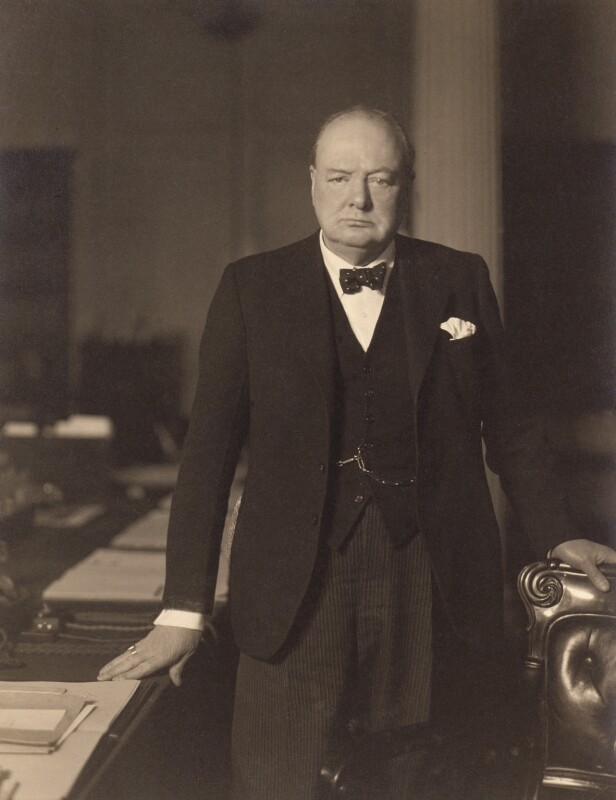
Winston Churchill
In 1940, Marie’s estate the Duivelsberg is flooded with German soldiers, tanks, transport vehicles and cannons. Huis Wylerberg is miraculously spared during the war, however Marie’s hotel Startjeshof is completely destroyed. During operation Market Garden on the 17th of September in 1944, allied paratroopers walk into Huis Wylerberg. Marie hides the photos of Göring and offers the soldiers something to drink. The allied soldiers take possession of the house and Marie and the other residents of the house are obliged to stay in the soutterain.
The video below shows Canadian soldiers arriving in Beek and Huis Wylerberg.
In the final phase of the war Marie, like many other Germans, is deported to the then recently cleared concentration camp Vucht. When she returns in 1945 she finds her Huis Wylerberg plundered, stripped and uninhabitable. The Dutch government has also seized Marie’s funds, which means she is unable to restore the house. She takes up residence in the porter’s house at the bottom of the path leading up to the villa, where she dies at the age of 81.
After Marie’s death, daughter Alice and her girlfriend and pianist Else C. Kraus move into Huis Wylerberg. With the help of the befriended owners of the next door hotel De Musschenberg, they are able to get enough money together to restore the house. In the renowned music hall they organise about twenty concerts, but then put an end to this after they realise that visitors mostly come to be seen instead of out of interest for the music.
In 1963, all German territories that were annexed by the Netherlands after the war are given back, except for the Duivelsberg, and Huis Wylerberg since it is a part of that area. Frustrated and disappointed, Alice and Else sell the estate to the Dutch government and move to Switzerland, where Else dies in 1979 and Alice not much later in 1982.
